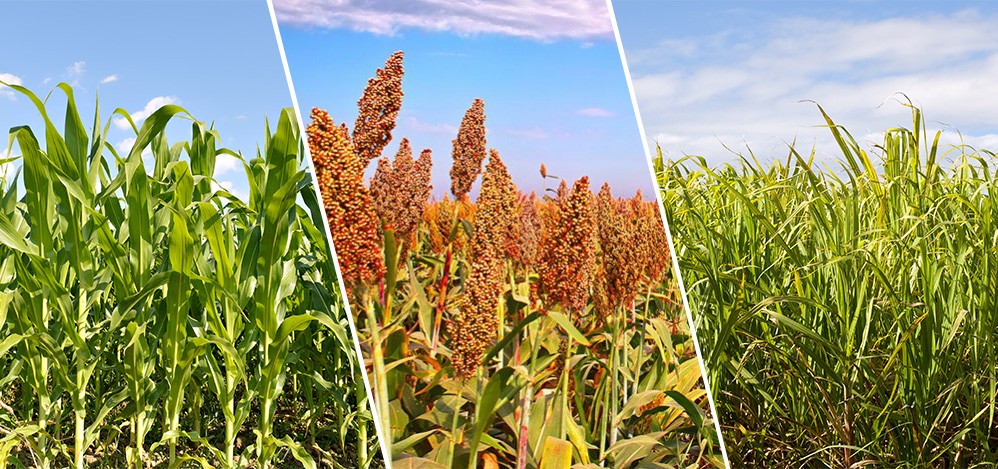Value to Major Crops

Corn
Corn is America’s biggest crop, and atrazine helps us grow it economically by controlling weeds that compete with the crop for water and nutrients. Why is that important? Because corn is used not only for feed and food, but also for fuel. While uses for corn continue to grow, the land available to grow corn does not. That’s why farmers strive to produce as much corn per acre as possible.
- Corn yields continue to increase because farmers have effective tools like atrazine. Modern farming practices allow them to use these tools precisely. It’s important too because food products that feature corn or its derivatives can be produced economically, as well, helping to keep even more grocery prices affordable for people.
- Atrazine is gentle but controls weeds longer than many other herbicides.
- Farmers who raise corn particularly benefit from this, because using atrazine enables them to use conservation-tillage, or no-till practices, where they leave their cornstalks in the ground after harvest, rather than plowing them up.
- This helps hold moisture and nutrients in the soil and keeps down soil erosion, which means less silt muddying up our waterways.
Sorghum
You might not have heard of the grain crop sorghum (SOR-guhm), but it is actually one of the most important crops produced in the United States. Like corn, sorghum, also called milo, is used mainly as a feed for livestock. It’s also used to make ethanol and some human foods.
- Atrazine is critical to the U.S. sorghum industry for one simple reason: It effectively controls many of the weeds that invade fields and significantly reduce yield. Because sorghum is considered a minor crop, fewer herbicides have been developed to control weeds. For decades, the use of atrazine has meant controlling weeds and increasing yield, not unlike corn production.
- Also, atrazine is vital to sorghum growers who want to use environmentally friendly conservation tillage or no-till farming practices.
- Sorghum is primarily produced in the High Plains states of Kansas, Texas and Nebraska, but is also grown in many other states.
Sugarcane
Sugarcane is a remarkable crop that produces a safe and all-natural food that is a part of our nutritional life. Today, unlike the past when it was served only to royalty, sugar is abundant and most consider it modestly priced.
- Since sugarcane is a grass crop, atrazine is a crucial instrument in a producer’s efforts to keep weeds under control.
- Using atrazine on weeds in sugarcane can increase tonnage by as much as 50 percent, while keeping other inputs as low and economical as possible.
- These savings going into the production costs of sugarcane can have a direct impact on the price consumers pay for some products at the supermarket.